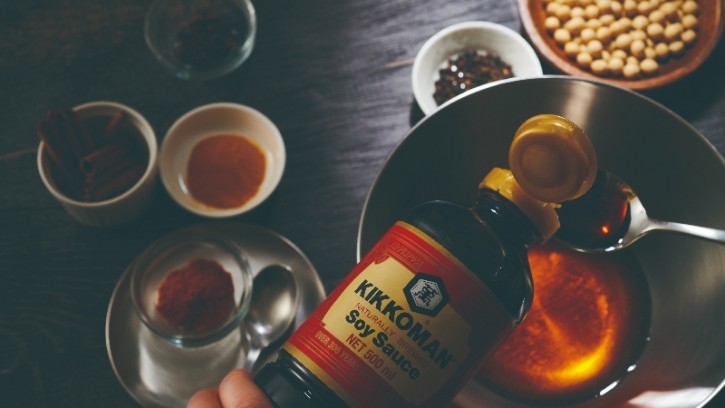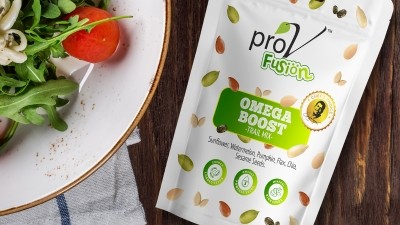Cracking the code: Kikkoman develops data-backed flavour pairing system to localise products for Indian market

The firm has devised a system called KIP (Kikkoman Ingredients x Seasoning Pairing), which “scientifically evaluates” the taste compatibility of its signature soy sauce with Indian ingredients and seasonings.
“India is known for its unique food culture, including vegetarianism and extensive use of spices and herbs. It also has the largest population in the world. Understanding Indian cuisine is important for global food companies and has been one of Kikkoman’s goals since entering the market two years ago.
“Flavour pairing is a method for identifying the compatibility of foods based on their aroma and taste characteristics. We conducted a study to find out how Indian ingredients and seasonings work together by making some modifications to the traditional flavour-pairing method. This system has enabled us to scientifically prove combinations that are preferred in India,” Harry Hakuei Kosato, Director of Kikkoman India, told FoodNavigator-Asia.
In addition, the KIP system would allow Kikkoman to develop new products specifically tailored for the market based on data, and not guesswork or intuition.
“At the moment, we have not launched any products developed using this system, but we are currently using it for evaluation of our new product development. We expect to see new products resulting from the use of KIP in the future. Also, we will focus on creating recipes using compatibility data and proposing menus that better suit the Indian palate.”
Apart from “obvious pairings” with soy sauce such as chicken and mushroom, unexpected combinations were discovered through the study. For example, it was found that coconut and watermelon paired well with soy sauce.
Notably, the pairings worked best with Kikkoman’s naturally brewed soy sauce and not as well with other soy sauces typically found in the Indian market, many of which the firm claimed to be chemically produced products.
“This system is not limited to Kikkoman Soy Sauce. For instance, it can evaluate how well a combination of seasonings and ingredients of interest, such as basmati rice and tomato ketchup, or coconut and garlic, go together.
“The findings have opened up a whole new field of possibilities for more delicious experiences. We could develop a soy sauce fortified with aromatic ingredients that perfectly suit basmati rice, or soy sauce variants for many other dishes.”
Potential for application beyond India
The KIP system was established after a series of steps — 3,300 Indian recipes were studied to identify 112 ingredients and 84 seasonings commonly used in Indian cuisine.
The aroma components of these ingredients and seasonings were then classified into 13 types based on a patented “Foodpairing classification” to form a flavour database.
To determine the compatibility with Kikkoman Soy Sauce, over 250 professional chefs were surveyed. The scores were developed into a compatibility evaluation system, whose validity was checked by 53 chefs who conducted “sensory evaluation tests”.
Kikkoman also worked with TagTaste Foods, an Indian company that provides sensory evaluation and product development support for companies with its digital research capabilities and understanding of the local palate.
“Compatibility between foods is often assessed based on similarity of aroma, but this research is the first attempt in the world to evaluate compatibility from multiple perspectives of ‘harmony’, ‘contrast’, and ‘masking effect’ in addition to aroma.
“Through our KIP system, we have made it possible to predict food preferences in India. And by integrating data with the experience of our product developers, we hope to contribute to creating a new deliciousness that exceeds the imagination of Indian consumers,” said Dr Miho Imamura from Kikkoman’s Research and Development Division.
The findings were presented at the Euro-Global Conference on Food Science and Technology held in Valencia, Spain.
“Currently, the KIP system is only for the Indian market, but we have received interest from other regions where Kikkoman is present in. We believe there is a high possibility that the same technology will be applied to other markets in the future. If this system is shown to be effective for the food culture and ingredients of each country, the data will be useful for our company,” Kosato added.
















